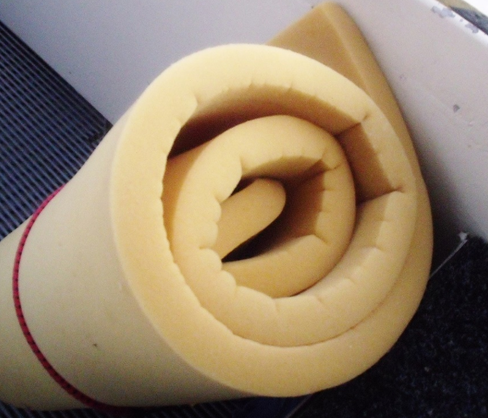Latest News
FISH’N'TIP 0780 Just When You Thought You Knew Everything About Fishing Part 2a
Monday, 9 May 2016
Just When You Thought You Knew Everything about Fishing - By Blake Hudson
Part II: Cushioning Your Catch – Fish Handling Basics
With an emphasis on some of the cardinal ‘do not’s’ of fish handling, Part 1 of this series also highlighted the importance of correct fish handling as a way to guarantee the most superior quality of catch consumed at our dinner tables. Overall though, correct fish handling technique was recognised by experts as a major contributor to responsibly sustaining the longevity of fishing as a whole – especially by returning under/oversize catch swiftly and carefully to their place of origin. It was identified that most anglers are unaware that a superior way to their current handling methods exists, while it was then suggested that a better way not only exists, but is inexpensive, straightforward and easy to adapt to – so easy in fact that even children will be able to implement it effectively.
Welcome to the second installment of this series, where we will focus primarily upon the fundamentals and many benefits of proper landing technique. We will explore a technique of landing fish that has been used for centuries by some of the most sophisticated anglers on the planet – a technique that has been improved and modified in a way that makes it perfectly suited to today’s fishing environment. So while these techniques are most certainly refined and extremely practical, they are also extremely simple – and once adopted and implemented, will enable you to turbo charge your fishing – with the ultimate outcome of giving you more precious time with your bait in the water, and a superior product on your plate.
‘So while these techniques are most certainly refined and extremely practical, they are also extremely simple – and once adopted and implemented, will enable you to turbo charge your fishing...’
So, back aboard the wetliner in WA, where it was once again reinforced that a fish has never experienced the full force of gravity or anything hard, hot or dry, I was beginning to wonder then how to combat these unique set of problems when bringing fish aboard a deck that was all those things. Lucky for us, we needn’t reinvent the wheel, because centuries previous with these considerations in mind, Japanese fishermen discovered that by simulating ‘suspension’ after catching a fish, the fish would remain calm and hardly flip around at all.
Q. How did they do that?
A. They landed them on wet rice matting.
Q. So how did we reproduce that environment on the deck of a working Snapper boat in the 21st century?
A. Quite easily. We used foam rubber or a sponge (like a roll of cheap mattress foam) about 50mm thick, on the top of every kill table (ice box), and soak it thoroughly with sea water.
A small bed of sponge doesn’t take up a lot of space
How incredibly simple...How ridiculously cheap...How unbelievably effective!
When we were fishing in WA, the action on deck was similar to milking a cow. We worked as 2 teams in diagonal formation. Port stern and starboard forward would be lines on the bottom, while starboard stern and port forward fisherman would be surfaced – unloading catch onto the tables, re-baiting and then plummeting back to the bottom. The opposing crew would be given the signal to crank up, unload, re-bait and when signaled they were ‘Right to go’, the other team would then put their biceps to work hauling. Fish that were unloaded were immediately dealt with by the opposite crew member. This not only avoided snagging each other and proved a super-efficient stealth stream that returned illegal fish to the water swiftly, it also kept the school alert with bait always on the bottom.



